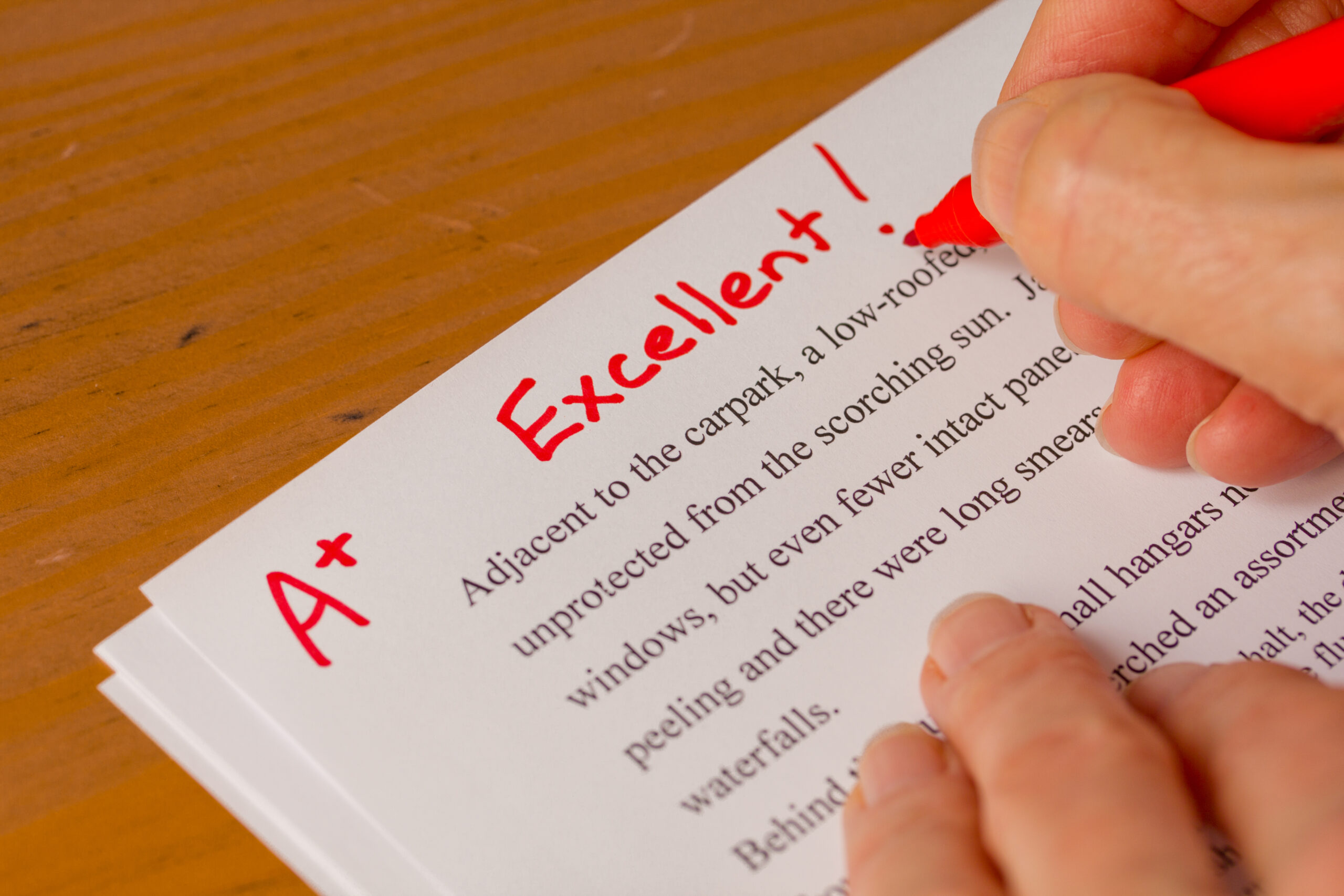Cheat Sheet for Grading Creative Writing
A cheat sheet for grading creative writing can be a useful tool for teachers and instructors who are looking for a quick and easy way to assess the quality of their students’ writing. By providing a set of guidelines and criteria to follow, a cheat sheet can help instructors quickly and consistently evaluate the creativity, organization, and overall effectiveness of a piece of writing. This then allows them to provide constructive feedback and support to their students as they work to improve their skills.
Why is Grading Creative Writing so Difficult?
Grading creative writing can be challenging for instructors. It’s often very personal and subjective, which makes it hard to assess using traditional grading systems. Plus, creative writing can be complex. It can involve a lot of emotions, which can be difficult to capture in writing. Additionally, the field is constantly changing, making it hard for instructors to stay on top of new styles and techniques. Overall, grading creative writing requires a careful and sensitive approach.
Cheat Sheet for Grading
Here are six quick and easy tips to keep in mind when grading your students’ creative writing.

Tip 1: Focus on the Overall Structure and Organization
- Does it have a clear beginning, middle, and end?
- Does the plot flow smoothly from one event to the next?
- Does it pull you along, or do you lose track of what’s happening?
Tip 2: Pay Attention to the Characters.
- Are they well-developed and believable?
- Do they have distinct personalities and motivations?
- Does the protagonist have any flaws or are they perfect?
- Does the antagonist have any redeeming qualities?

Tip 3: Look for Strong Descriptions and Sensory Details.
- Does the writer use vivid language to bring the scene to life?
- Does the writer use more senses in descriptions than just sight?
- Do the setting descriptions help set up a mood for the writing?
Tip 4: Consider the Use of Dialogue.
- Does it sound natural and add to the story?
- Does it give insight into the personality traits of the characters?
- Is it written correctly, following punctuation and paragraphing norms?

Tip 5: Evaluate the Writer’s Style and Voice.
- Does the writing have a unique and engaging tone?
- Could you tell which student wrote the piece just by reading it?
Tip 6: Look for Creativity and Originality
- Does the writer have fresh ideas?
- Is there anything unique about this writing from that of other students?
Final Thoughts and Freebie
Overall, the key is to provide constructive feedback that will help the writer improve and grow. It’s important to remember that creative writing is a form of self-expression, and everyone has their own unique voice and style. As a grader, your job is to help the writer hone their craft and develop their skills.
If you have any advice for grading creative writing, please put it in the comments below. Also, here is a free checklist to help you have a grade for each student’s creative work. It’s available in both an editable PowerPoint and a quick print PDF.






